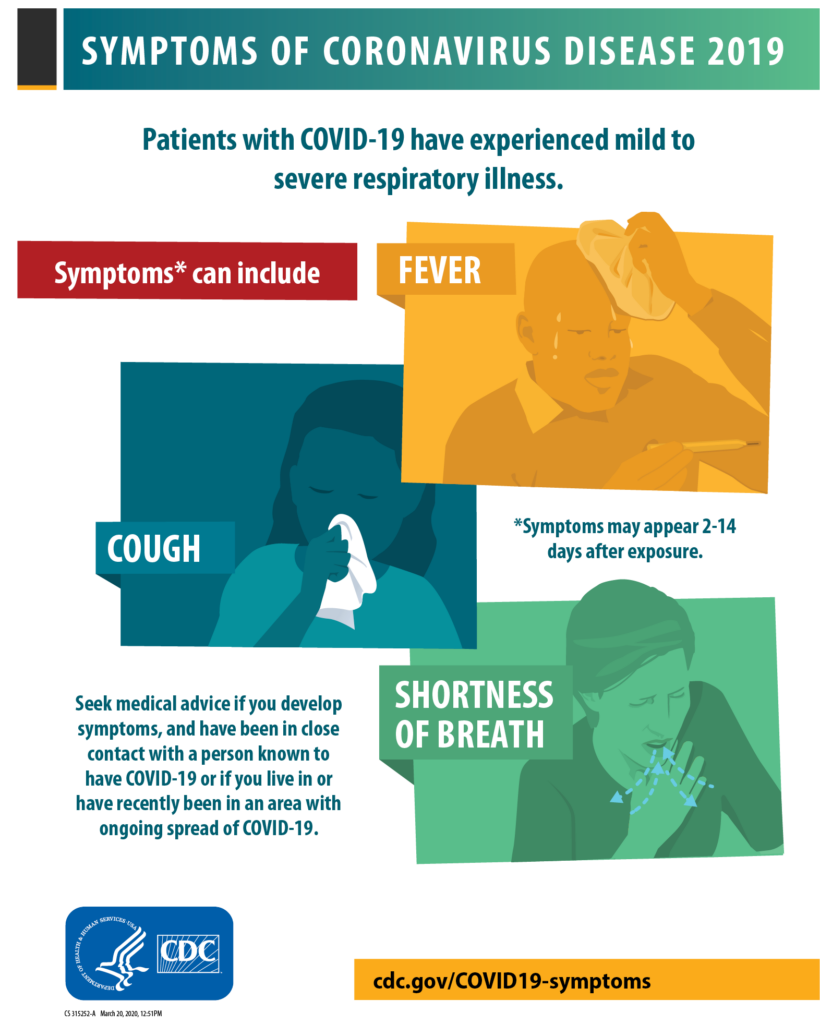Most people who get sick with COVID-19 will have only mild illness and should recover at home. However, those at a higher risk, such as medical conditions like lung disease, heart disease or diabetes, may develop more serious complications and should seek care as soon as symptoms start.
COVID-19 spreads between people who are in close contact (within about 6 feet) through respiratory droplets produced when an infected person coughs or sneezes.
Care at home can help stop the spread of COVID-19 and help protect those at risk. If you are caring for someone at home, monitor for emergency signs such as trouble breathing, persistent pain or pressure in the chest, new confusion or inability to arouse, and bluish lips or face.
Help prevent the spread of germs by having the person stay in one room, away from others, as much as possible. If possible, have them use a separate bathroom and avoid sharing personal household items like dishes, towels and bedding. If face masks are available, have them wear one when they are around anyone, including yourself. Wash your hands often with soap and water for at least 20 seconds or use a hand sanitizer that contains at least 60 percent alcohol. Be sure to cover all surfaces of your hands and rub them together until dry and avoid touching your eyes, nose and mouth.
Every day, clean all surfaces that are touched often such as counters, tabletops and doorknobs. Wash laundry thoroughly. If laundry is soiled, wear disposable gloves to handle and immediately wash your hands after removing gloves. Avoid any unnecessary visitors.
Make sure the sick person drinks lots of fluids to stay hydrated and gets plenty of rest. Over-the-counter medicines may help alleviate symptoms. For most people, symptoms last a few days and get better after a week.
When can you end home isolation? If a test has not been done, they can leave home after these three things have happened: No fever for at least 72 hours (without medicine that reduces fever) AND other symptoms have improved such as cough or shortness of breath AND at least seven days have passed since their symptoms first occurred.
If they will be tested to determine if they are still contagious, they can leave home after they no longer have a fever (without fever reducing medicines) AND other symptoms have improved AND they received two negative tests in a row, 24 hours apart.
Source: CDC.gov

Patients with COVID-19 have experienced mild to severe respiratory illness.
Symptoms* can include:
- Fever
- Cough
- Shortness of Breath
*Symptoms may appear 2-14 days after exposure.
Seek medical advice if you develop symptoms, and have been in close contact with a person known to have COVID-19 or if you live in or have recently been in an area with ongoing spread of COVID-19.









